
BE THE FIRST TO KNOW
Subscribe to the Porto eCommerce newsletter to receive timely updates from your favorite products.
When it comes to renovating your home, choosing the right flooring can be a daunting task. With so many options available, it's easy to feel overwhelmed. Among the most popular flooring choices today are luxury vinyl plank (LVP) and luxury vinyl tile (LVT).
These innovative flooring solutions have revolutionized the market, offering homeowners the perfect blend of aesthetics, functionality, and affordability. But what exactly sets these two vinyl flooring options apart? Despite their similarities, understanding the key differences between LVP and LVT can help you make an informed decision that suits your specific needs and preferences.
LVP and LVT are modern upgrades of traditional vinyl flooring. They offer superior durability, water resistance, and design versatility, making them excellent choices for homeowners. They've become increasingly popular among homeowners looking to achieve the look of natural materials like hardwood, stone or ceramic tile, but without the associated maintenance challenges and higher costs.
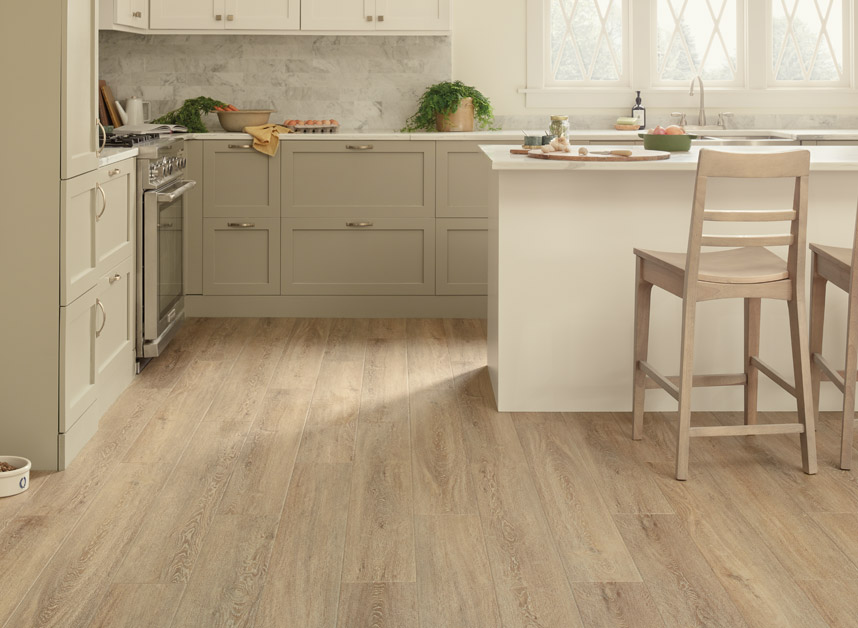
As you embark on your next flooring project, knowing the distinctions between these two high-quality options will ensure you select the perfect foundation for your living spaces, whether you're renovating your kitchen, bathroom, or entire home.
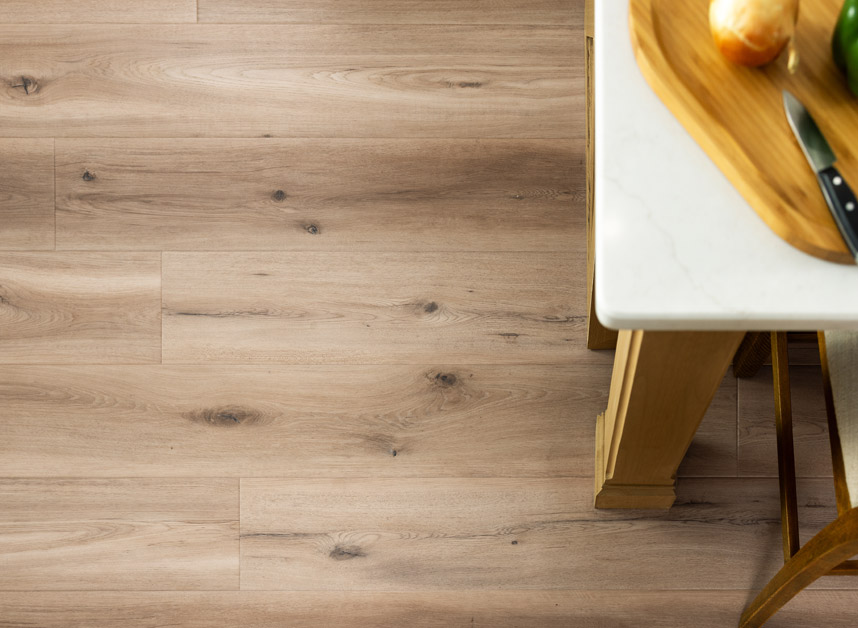
Luxury vinyl plank, commonly known as LVP, is a type of vinyl flooring designed to mimic the look of hardwood flooring without the associated maintenance challenges. LVP is engineered with a vinyl core and multiple layers that contribute to its remarkable durability and performance. The planks are typically rectangular, resembling traditional hardwood strips, and come in various lengths and widths to create an authentic wood appearance.
LVP flooring is known for its realistic wood-like textures and designs. Modern manufacturing techniques have advanced to the point where luxury vinyl plank can closely replicate the natural grain patterns, knots, and color variations found in real hardwood.
A great example of this is the Coretec Luxury Vinyl Grande Goldin Oak Collection available at Carpet Exchange, which offers beautifully detailed grain textures and rich, warm tones. This allows homeowners to enjoy the aesthetic appeal of wood floors at a fraction of the cost.
Additionally, LVP tends to be warmer underfoot than ceramic or stone flooring, making it a comfortable option for living spaces.
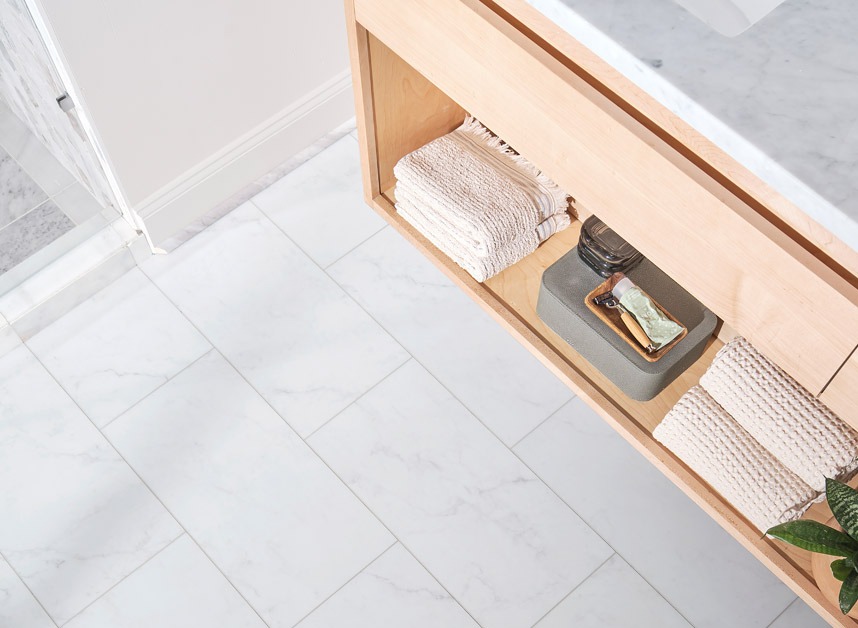
Luxury vinyl tile, or LVT, stands as another premium option in the vinyl flooring category. While similar in composition to LVP, luxury vinyl tile is designed to replicate the appearance of stone or ceramic tile rather than wood. LVT comes in square or rectangular shapes that mimic traditional tile floor designs, complete with realistic textures and patterns.
LVT offers incredible versatility in terms of design options. It can convincingly simulate various natural materials including slate, marble, travertine, and other stone varieties. A perfect example is the Shaw Paragon Tile Plus in Calacatta from Carpet Exchange, which features a stunning marble-like appearance complete with intricate veining and natural color variations.
Some luxury vinyl tile products even feature optional grout lines to enhance the authentic tile look. This type of flooring provides the elegant aesthetic of high-end stone or ceramic without the coldness underfoot or the challenging installation process associated with traditional tile flooring.
Note: The product link provided is based on the available search results and may not lead directly to the specific product page. For precise product details, please visit Carpet Exchange's website and search for "Shaw Paragon Tile Plus Calacatta."
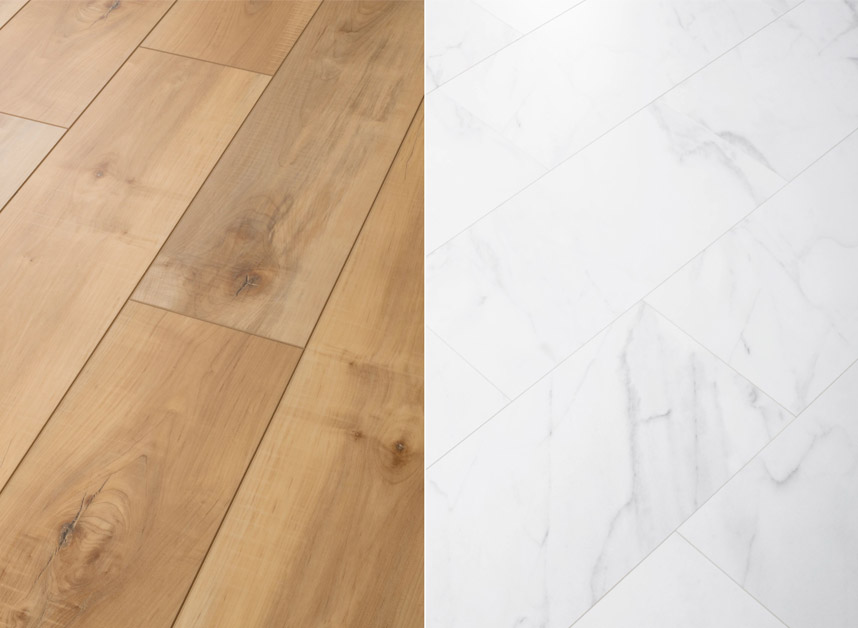
The primary difference between LVP and LVT lies in their design and the materials they imitate. While luxury vinyl plank is created to resemble hardwood, luxury vinyl tile is engineered to mimic the look of stone or ceramic tile. This fundamental distinction influences not only their appearance but also where they might be most appropriately installed within a home.
Another key difference between luxury vinyl tile and luxury vinyl plank is the shape and size of the individual pieces. LVP typically comes in elongated rectangular planks that mirror hardwood strips, while LVT is usually produced in square or rectangular tile formats.
The installation patterns also differ, with LVP often laid in staggered arrangements similar to hardwood flooring, whereas LVT may be installed in various patterns including grid, diagonal, or herringbone designs, offering more creative flexibility for certain spaces.
| Feature | Luxury Vinyl Plank (LVP) | Luxury Vinyl Tile (LVT) |
|---|---|---|
| Looks Like | Hardwood | Stone/Ceramic |
| Shapes | Long planks | Square or rectangular tiles |
| Best For | Living rooms, bedrooms, hallways | Kitchens, bathrooms, entryways |
| Installation | Click-lock (floating), glue-down | Click-lock, glue-down, peel-and-stick |
| Comfort | Warmer, softer underfoot | Slightly firmer, mimics tile feel |
| Cost | $2 - $7 per sq. ft. | $3 - $6 per sq. ft. |
| Durability | High | High |
| Waterproof? | Yes | Yes |
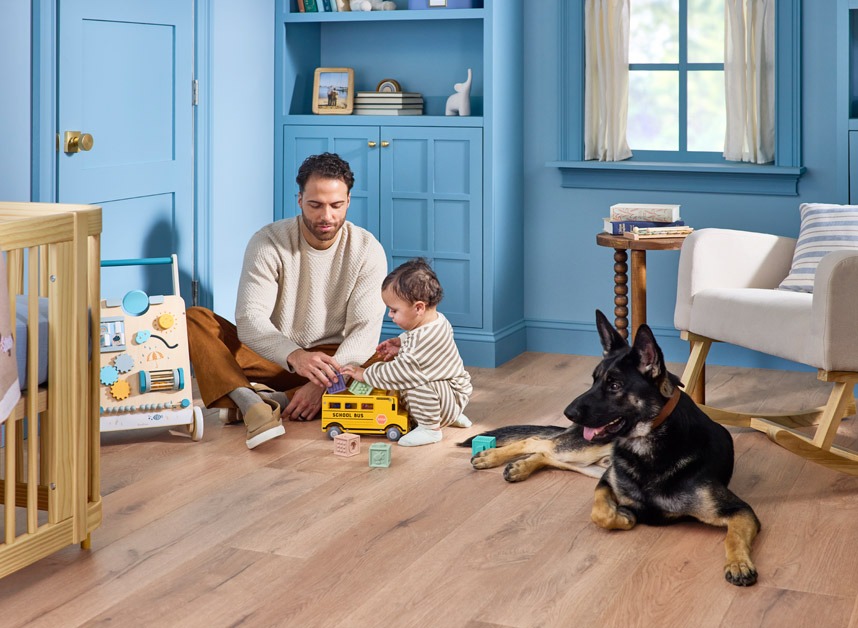
Luxury vinyl plank flooring offers numerous advantages that have contributed to its growing popularity. One of the most significant benefits is its exceptional durability. LVP is designed with a tough wear layer that resists scratches, dents, and stains, making it an ideal choice for high-traffic areas and households with children or pets. The waterproof nature of LVP also makes it suitable for moisture-prone areas like kitchens and bathrooms where hardwood would be problematic.
LVP is also remarkably easy to install, often featuring click-lock systems that allow for floating installation without adhesives. This makes it an attractive option for DIY enthusiasts looking to save on installation costs. Additionally, luxury vinyl planks are easy to maintain, requiring only regular sweeping and occasional mopping to keep it looking its best. The comfort underfoot and noise-dampening qualities further enhance its appeal for residential settings.
Luxury vinyl plank may not satisfy those seeking authentic natural materials. While modern LVP convincingly mimics real wood, discerning eyes can still identify it as vinyl. The installation process, while easier than traditional hardwood, may be more complex in certain pattern layouts, potentially increasing installation time and costs.
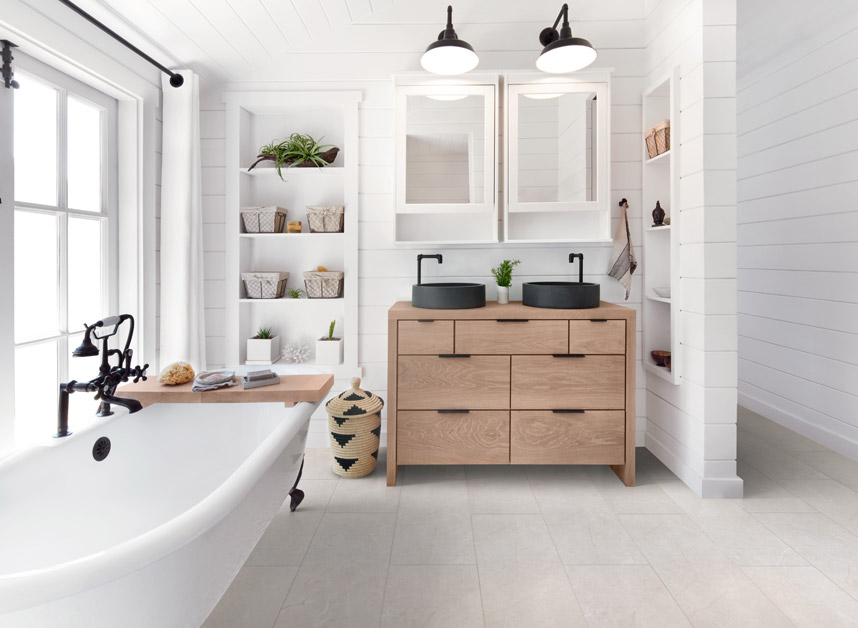
Luxury vinyl tile flooring shares many of the advantages of LVP, including impressive durability and water resistance. The wear layer protects against scratches and stains, while the waterproof properties make LVT an excellent flooring solution for bathrooms, kitchens, and basements. The tile format offers unique design possibilities that can't be achieved with plank form, allowing for creative patterns and layouts.
LVT is highly versatile and can be installed in virtually any room of the house. It's also easy to maintain with simple cleaning routines. For homeowners concerned about comfort, LVT provides a warmer, more forgiving surface than actual stone or ceramic tile, yet still delivers the sophisticated aesthetic of these natural materials.
As with LVP, luxury vinyl tile may not satisfy those seeking authentic natural materials. While modern LVT convincingly mimics stone or ceramic, discerning eyes can still identify it as vinyl. The installation process, while easier than traditional tile, may be more complex than LVP in certain pattern layouts, potentially increasing installation time and costs.
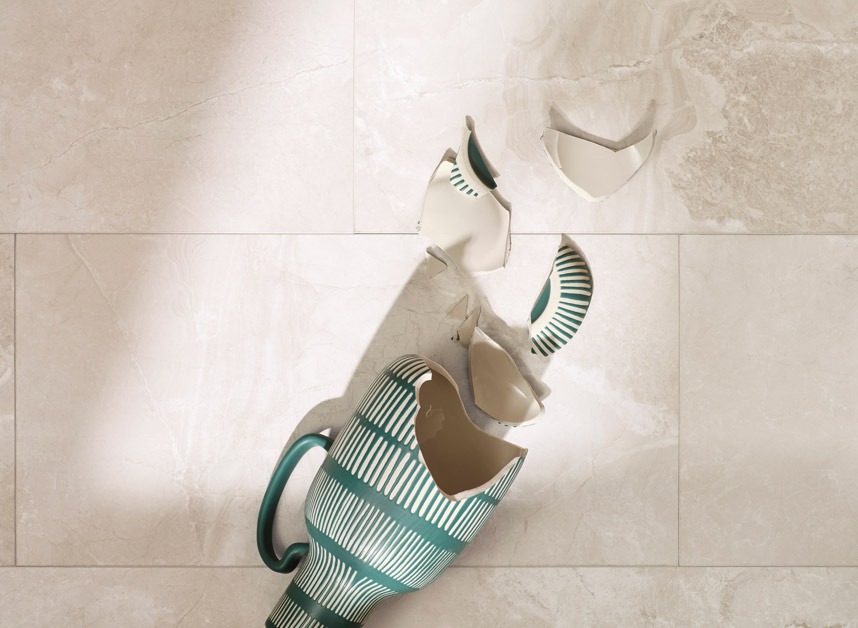
When it comes to durability, both luxury vinyl plank and luxury vinyl tile are exceptionally resilient flooring types. The wear layer thickness is often the best indicator of how durable either option will be, with thicknesses ranging from 6 mil to 30 mil or more. The thicker the wear layer, the better the flooring will withstand daily wear and tear, making both LVP and LVT highly durable flooring options for busy households.
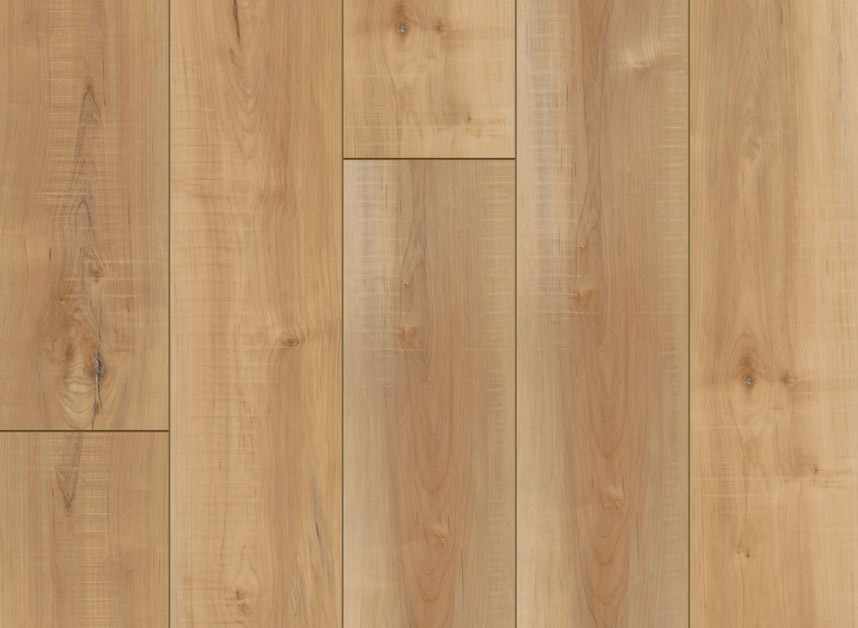
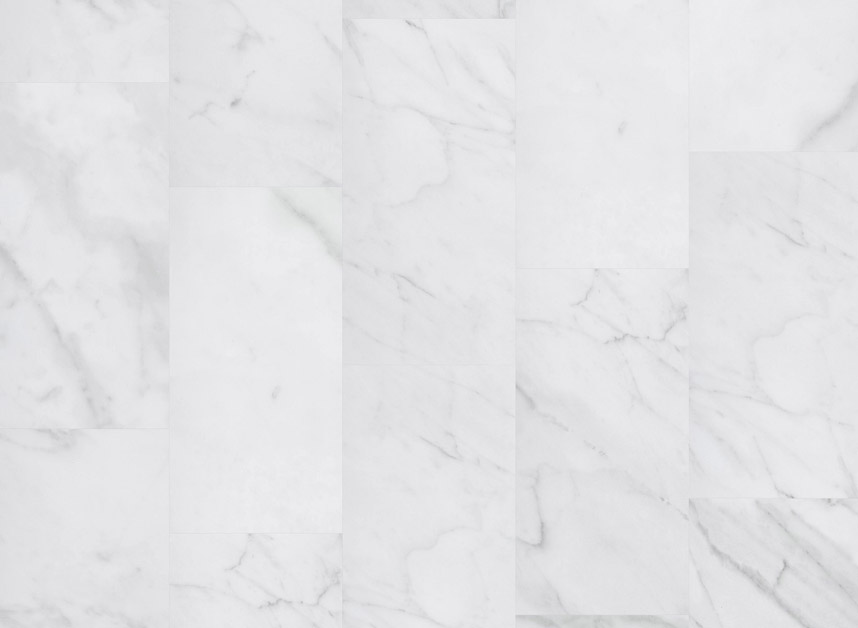
Both options are designed to last, but the best choice depends on how and where you plan to use them. LVP tends to be better for comfort and absorbing impact, while LVT has a slight edge in water resistance and dent resistance. If you're installing flooring in a living room or bedroom, LVP might be the way to go. For areas with a lot of moisture, like kitchens and bathrooms, LVT could be the better fit.
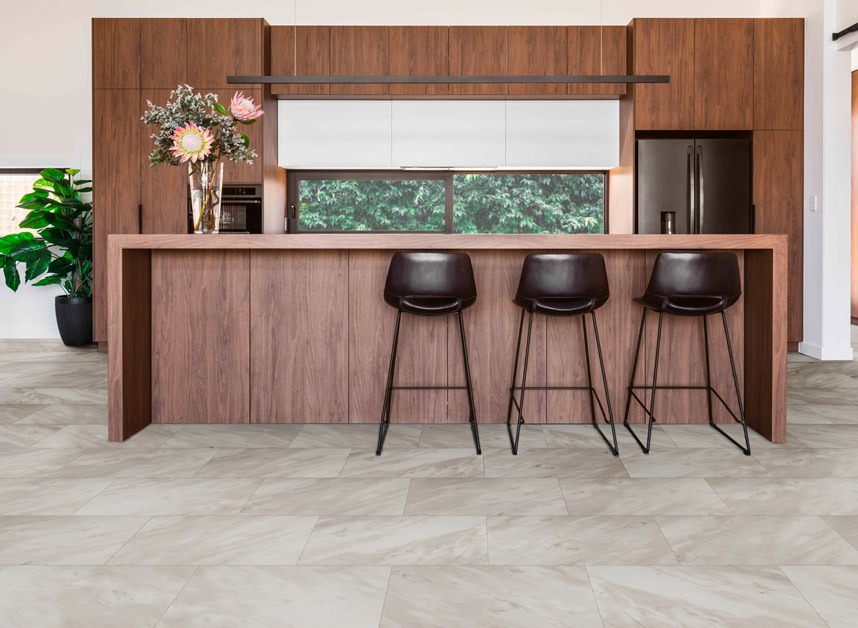
The design options for both luxury vinyl tile and luxury vinyl plank are virtually limitless. LVP excels in replicating various wood species, grains, and finishes – from traditional oak and maple to exotic woods like teak or bamboo. Different plank widths and lengths further enhance the realistic appearance, with wide-plank formats currently trending in home design.
LVT offers equally impressive design versatility, with options mimicking marble, slate, travertine, concrete, and numerous other stone or ceramic looks. Some luxury vinyl tile products feature embossed textures that match the visual pattern, creating an even more authentic tactile experience.
Both LVT and LVP come in a spectrum of colors and can include special features like beveled edges or distinctive surface treatments to enhance realism.
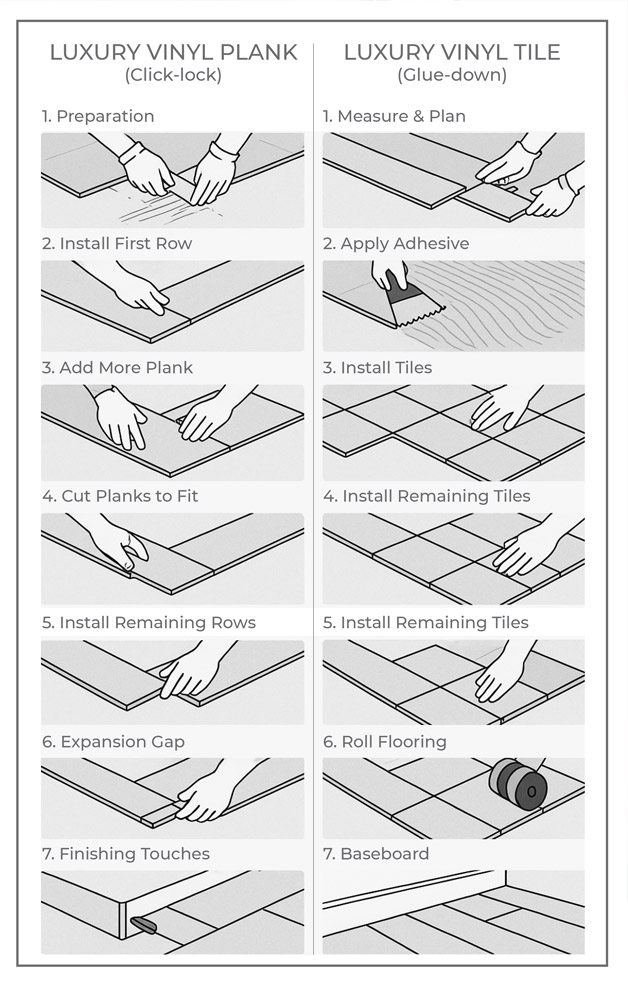
The installation process for LVP and LVT differs slightly, but both are generally easier to install than natural hardwood or stone.
LVP typically features click-lock edges, allowing for a floating floor installation. This means planks interlock with one another without being glued down, making it a DIY-friendly option. Floating installation also makes it easier to replace individual planks if needed.
LVT offers multiple installation options, including:
Regardless of the installation method, proper subfloor preparation is crucial. A smooth, level surface ensures the flooring performs well and lasts longer.
Determining where to use LVP or LVT in your home often comes down to both practical considerations and aesthetic preferences.
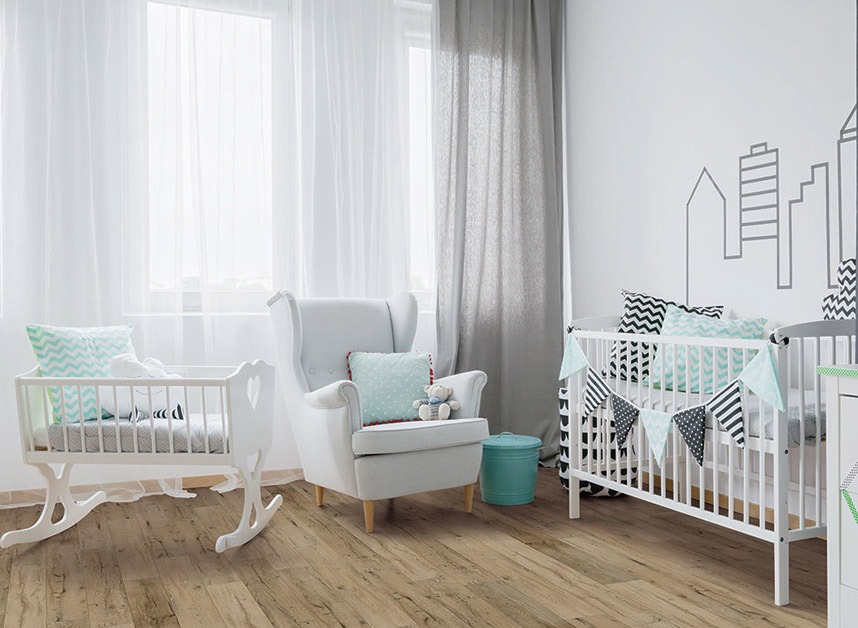
Luxury vinyl plank is particularly popular in living rooms, bedrooms, hallways, and other spaces where the warmth and comfort of hardwood is desired. The continuous visual flow of wood-look planks can make spaces appear larger and more cohesive, making LVP an excellent choice for open-concept homes.
Luxury vinyl tile often finds its place in bathrooms, kitchens, and entryways where the traditional tile aesthetic feels most appropriate. The defined edges of LVT can also be advantageous for creating visual boundaries between different functional areas in open spaces.
Both flooring types perform exceptionally well in basements due to their moisture resistance and comfort underfoot compared to concrete. Ultimately, either option can work in virtually any room, with the choice largely dependent on the desired look and feel for each space.
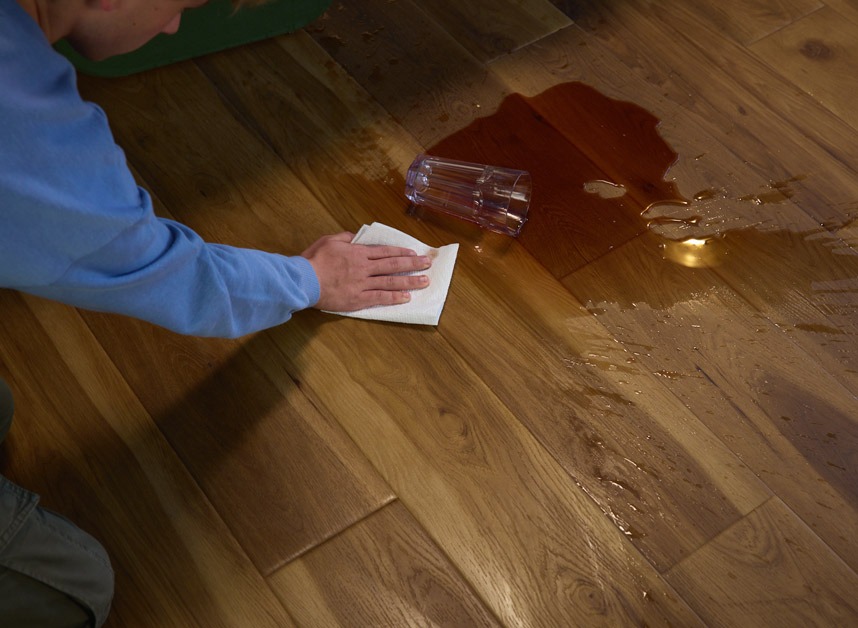
One of the most significant advantages of both luxury vinyl plank and luxury vinyl tile is their waterproof flooring characteristics. Unlike hardwood or laminate which can warp and deteriorate when exposed to moisture, properly installed LVP and LVT can withstand spills, splashes, and even flooding in some cases. This waterproof nature makes them ideal choices for moisture-prone areas like bathrooms, kitchens, and basements where other flooring options might fail.
It's important to note that while the flooring itself is waterproof, water can still seep around the edges and underneath if not properly installed, potentially causing issues with the subfloor. This is why proper installation is crucial, especially in very wet areas.
Some manufacturers now offer enhanced waterproof systems with specially designed cores and locking mechanisms that provide additional protection against water infiltration at the seams, further improving performance in challenging environments.
When comparing the costs of luxury vinyl plank and luxury vinyl tile, several factors come into play. The pricing for both types typically ranges from about $2 to $7 per square foot for materials, with premium lines potentially costing more. Generally, LVP and LVT fall into similar price brackets when comparing products of equivalent quality, though specialized designs or features may create some variation.
Installation costs should also be considered in the total flooring project budget. While DIY installation is possible with both flooring types, professional installation generally ranges from $2 to $5 per square foot, depending on your location and the complexity of the installation.
Beyond upfront costs, think about long-term value. High-quality LVP and LVT can last for years with minimal maintenance, making them cost-effective flooring solutions.
| Cost Factor | LVP | LVT |
|---|---|---|
| Material Cost | $2 - $7 per sq. ft. | $3 - $6 per sq. ft. |
| Professional Installation | $2 - $5 per sq. ft. | $2 - $5 per sq. ft. (higher for intricate patterns) |
| DIY-Friendly? | Yes, click-lock systems | Yes, but some patterns may require extra precision |
| Long-Term Cost Efficiency | High | High |
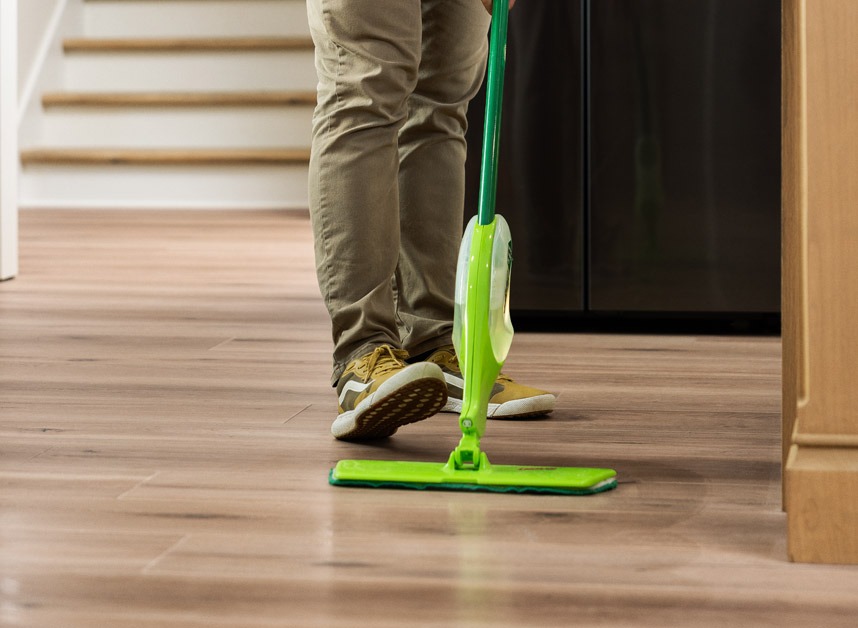
LVP and LVT are both known for being easy to maintain, requiring minimal effort to keep them looking their best. Regular sweeping or vacuuming with a soft brush attachment will remove loose dirt and debris that could potentially scratch the surface. Occasional mopping with a manufacturer-approved cleaner is typically all that's needed for deeper cleaning, making both flooring options remarkably low-maintenance compared to natural materials.
It's generally recommended to avoid harsh chemicals, abrasive cleaners, or steam cleaning, as these can damage the wear layer or affect the adhesives used in installation. Using furniture pads, area rugs in extremely high-traffic zones, and promptly cleaning spills will help extend the life of both LVP and LVT flooring.
With proper care, both flooring types can maintain their appearance for many years, representing an excellent long-term value for homeowners seeking durable, attractive flooring solutions.
If you want some expert tips on caring for your floors, this handy guide from Stanley Steemer breaks down exactly how to keep your LVT and LVP flooring in top condition.
Choosing between luxury vinyl plank and luxury vinyl tile ultimately comes down to your specific needs, preferences, and the particular requirements of your space.
Both luxury vinyl flooring types offer exceptional durability, water resistance, and easy maintenance, making either one a practical choice for busy households looking for a balance of beauty, performance, and value in their flooring investment.
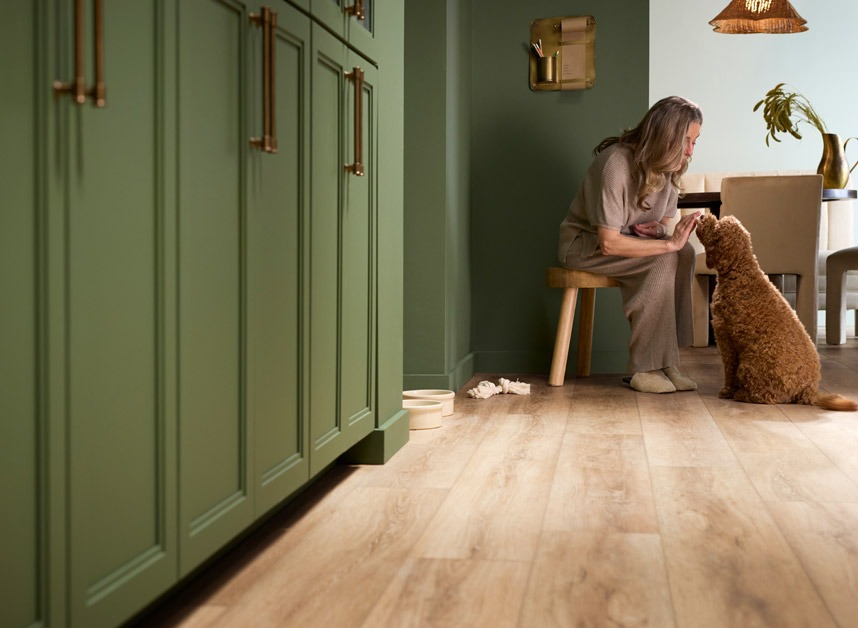
In the comparison between luxury vinyl plank and luxury vinyl tile, there's no definitive "better" option – only the right choice for your particular situation. Both flooring types offer remarkable advantages over traditional materials, providing the aesthetic appeal of natural wood, stone, or ceramic tile with enhanced durability, water resistance, and easier maintenance at a fraction of the cost.
Whether you select LVP for its warm, wood-like charm or LVT for its versatile tile-inspired elegance, you're investing in a highly durable flooring solution that will serve your home beautifully for years to come.
Consider your design preferences, the specific requirements of each room, and your lifestyle needs to determine which luxury vinyl flooring option will best transform your spaces into the beautiful, functional environments you envision.
Whether you're leaning toward the cozy, wood-inspired charm of LVP or the timeless elegance of LVT, Carpet Exchange has got you covered. Explore their wide selection of luxury vinyl flooring options and find the perfect match for your home's unique style and needs.
Start your journey toward beautiful, durable floors today!